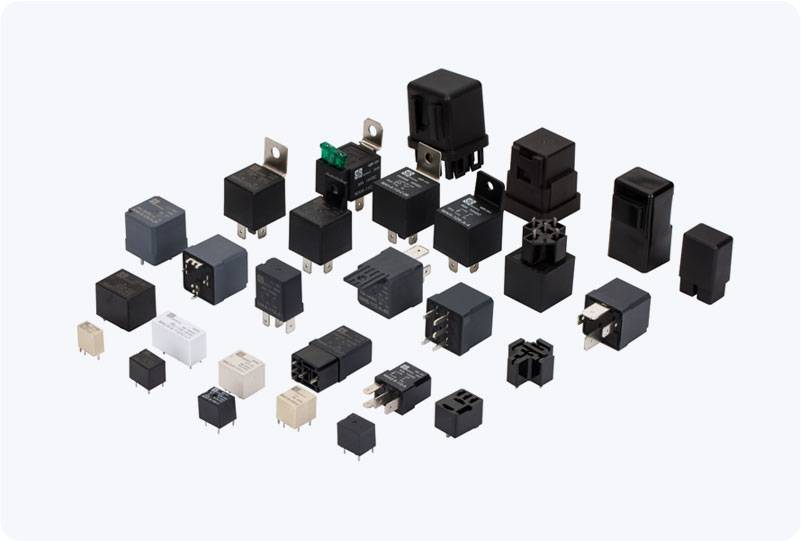Understanding Car Relay Types: Essential Components in Automotive Electrical Systems

In modern vehicles, electrical systems are at the heart of almost every function, from the ignition system to the air conditioning. Among the key components ensuring that these systems operate smoothly are car relays. A relay is an electrical switch that allows low-voltage circuits to control high-voltage systems, acting as a bridge between the two. Car relay types vary based on their design and functionality, but they all serve a critical role in ensuring the reliability and efficiency of automotive electronics. What Are Car Relays? A car relay is a device that uses an electromagnet to mechanically open or close a set of contacts, thereby controlling the flow of electrical current. Relays act as the intermediary in a circuit, enabling a low-power control circuit to switch high-power devices on and off, such as lights, horns, fans, or even the car’s starter motor. They are essential for managing the power demands of modern vehicles, where multiple systems operate simultaneously.